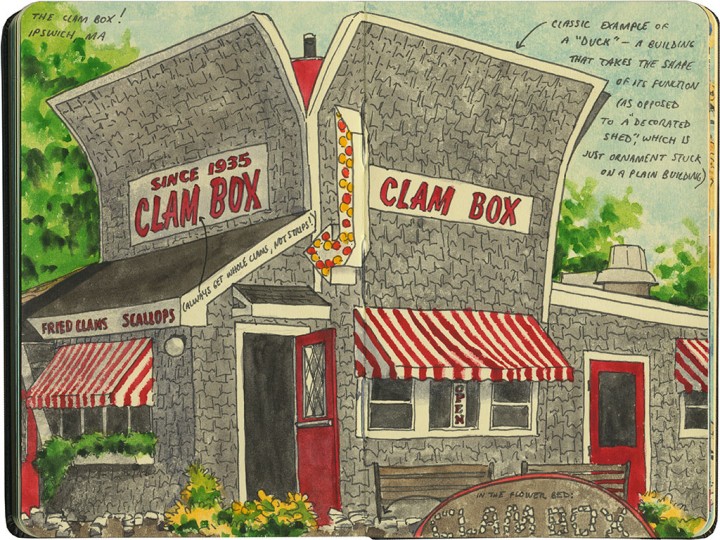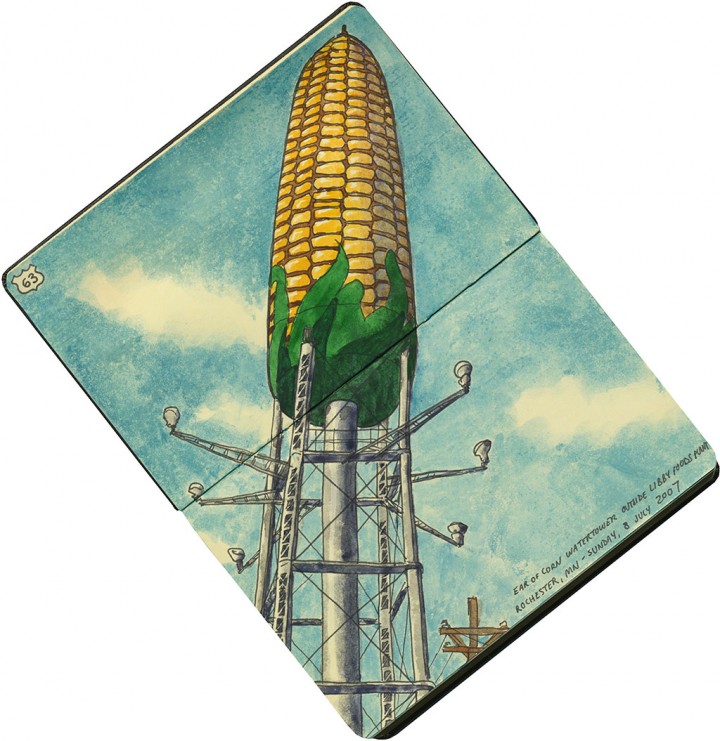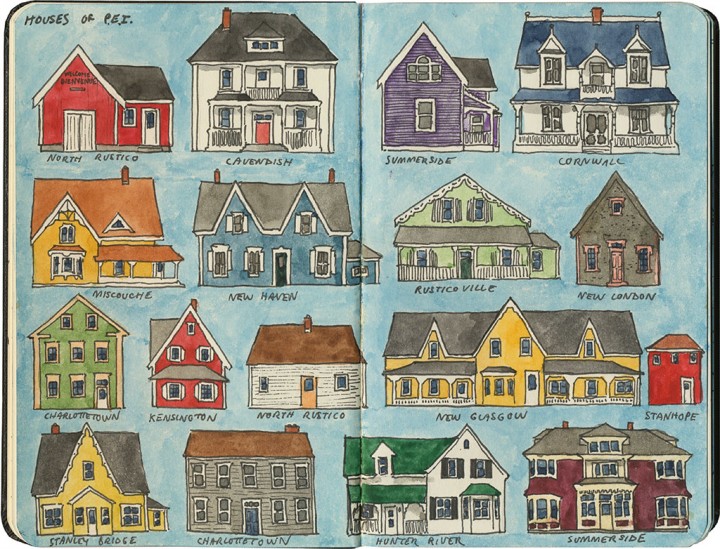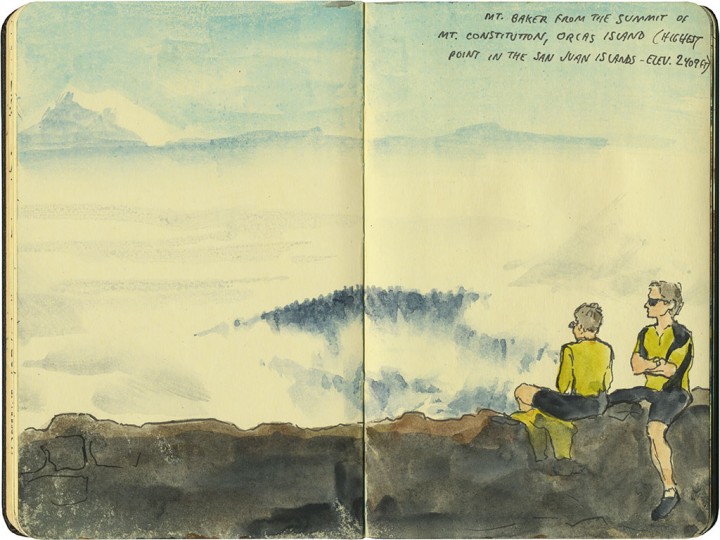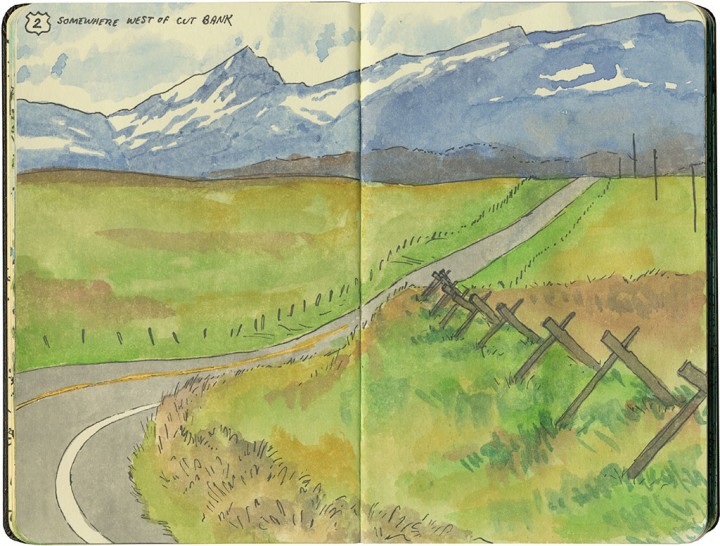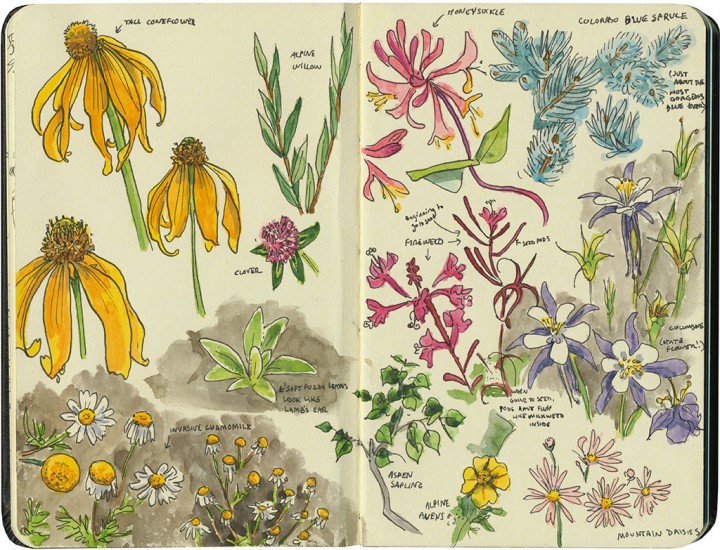
I love sketching wildflowers and other plants—but unfortunately, I’m really not great at identifying them. Of course, sketching is an excellent way to cement the information into your brain, but it doesn’t help much when you’re not sure what you’re looking at. I’m not a fan of standing there, juggling sketchbook and guidebook, trying to find one particular yellow flower amongst a huge grid of yellow flower photos (that all look, well, frankly identical to each other, and not at all like what’s in front of me), just to label my drawing correctly.

Enter the National Park Service. Wondering what kind of unusual flower that is? Forgot the name of that cactus? Just look around—nine times out of ten there’ll be a little engraved label nearby. Not near a marked trail? Just look in the little pamphlet the ranger handed you when you arrived! I swear, park rangers are the librarians of the natural world (and since I’m always telling people that librarians and park rangers are the most helpful folks on earth, this seems to fit).
I rely on this so much that when I’m not in a national park (or arboretum, or conservatory), I get frustrated. I mean, how great would it be if every front-yard garden, every school hedgerow, every city park came equipped with tiny interpretive signs?
Because after all, you never know when a sketcher is going to happen by.



